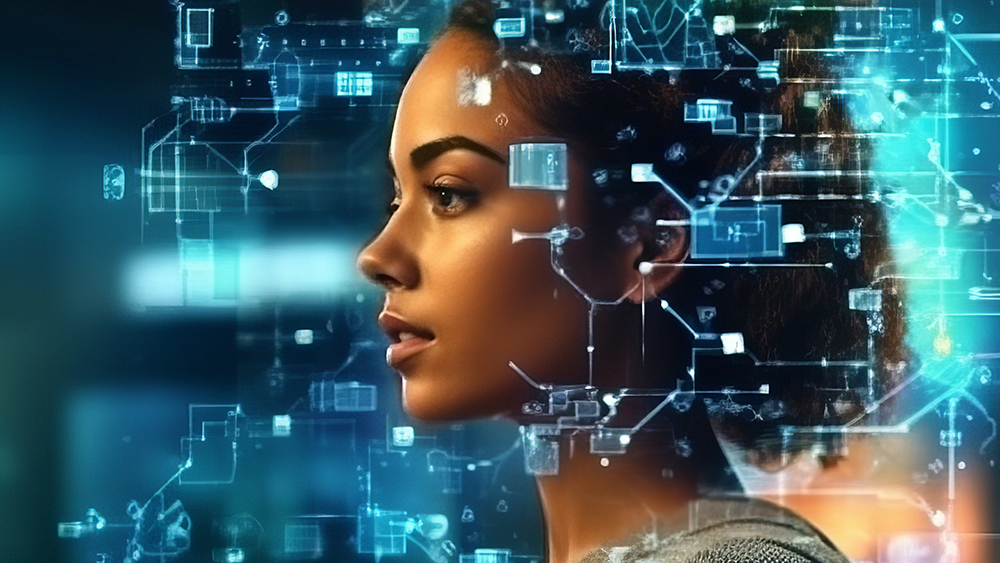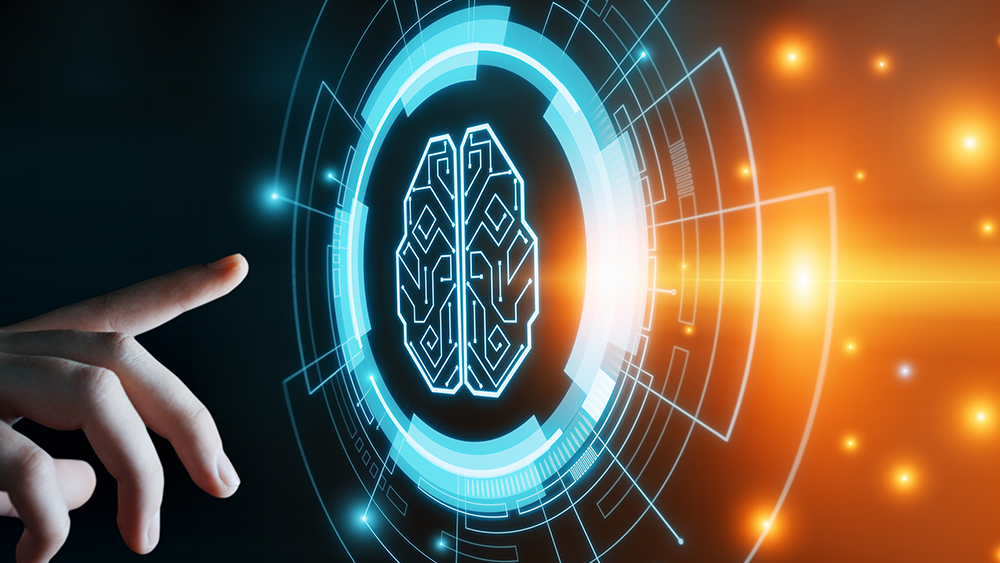
- AI can assist in research and writing, but it can also generate fake news and critical errors, such as illogical conclusions or hallucinations.
- AI can control various machines and vehicles, potentially enhancing efficiency, but these systems can be hacked or malfunction, posing risks to human safety.
- AI can create convincing imagery and videos, which can be useful for entertainment or education, but it can also be used to spread misinformation and deceive people.
- AI can perform tasks more efficiently than humans, which may lead to increased productivity, but it also poses a significant threat to job security, particularly for roles that don't require critical thinking or human interaction.
Artificial intelligence has boomed over the past few years, and this is good and bad, for many reasons. The future is not what it “used to be,” and that is for sure. Who could have imagined this? Will there be a “Sky-Net” takeover like in the movie “Terminator?” Will AI be revolutionary and help billions of people live safer, healthier, and more efficient lives? Here are 8 pros and cons of this mind-blowing technological era we are all living in right now.
#1. Artificial intelligence (AI) can assist with research and writing but can also create fake news and critical errors, including illogical conclusions and hallucinations.
#2. AI can (help) control drones, vehicles, and military weapons, but then those can be hacked or outsmart the users and turn against humanity.
#3. AI can craft imagery and videos by merging information and visuals to stimulate the imagination and for entertainment purposes, but this can also trick people into believing in false concepts, like alien invasions or political speeches that did not happen.
#4. AI can be used to do many jobs more efficiently and consistently than humans, like factory work, but that could mean the end of millions of jobs that don’t require critical thinking, creativity, or human-to-human interaction.
#5. AI can be used for robots to save people’s lives, like in combat, but then these AI soldiers and robot dogs can become violent or make critical errors that hurt or kill people.
#6. AI can be helpful in the home, assisting with simple tasks, information retrieval, or entertainment, but that removes much human interaction, making life less social, heartfelt, rewarding and soulful.
#7. AI delivers information without drama, attitude, or ego, but this information can be censored to purposely provide illogical misinformation and disinformation for the most important topics, like health and safety.
#8. AI can change the future with technology, but can also change the past by rewriting history
New vision language model LLaVA-o1 developed in China enhances reasoning abilities but struggles with complex tasks that require logical reasoning
Researchers from multiple universities in China have unveiled LLaVA-o1, a new vision language model that significantly enhances reasoning abilities by using a systematic and structured approach.
Traditional open-source vision language models (VLMs) often struggle with complex tasks that require logical reasoning. They typically use a direct prediction method, where they generate answers without breaking down the problem or outlining the necessary steps to solve it. This approach often leads to errors or even hallucinations.
To address these limitations, the researchers behind LLaVA-o1 were inspired by OpenAI’s o1 model. OpenAI’s o1 model showed that using more computational power during the inference process can boost a language model's reasoning skills. However, instead of simply increasing computing power, LLaVA-o1 employs a unique method that breaks down reasoning into structured stages.
LLaVA-o1 works in four distinct stages:
- It starts by summarizing the question, identifying the core problem.
- If an image is present, it focuses on relevant parts and describes them.
- It then performs logical reasoning to derive a preliminary answer.
- Finally, it presents a concise summary of the answer.
This stage-by-stage reasoning process is invisible to the user, allowing the model to manage its own thought process and adapt to complex tasks more effectively. To further improve the model's reasoning capabilities, LLaVA-o1 uses a technique called "stage-level beam search." This method generates multiple candidate outputs at each reasoning stage, selecting the best candidate to continue the process. This approach is more flexible and efficient than traditional methods, where the model generates complete responses before choosing the best one.
The researchers believe that this structured approach, and the use of stage-level beam search will make LLaVA-o1 a powerful tool for tackling complex reasoning tasks, making it a significant advancement in the field of artificial intelligence. This development has the potential to revolutionize how we interact with AI, particularly in fields that require complex reasoning, such as healthcare, finance, and legal services. LLaVA-o1 represents a promising step towards more intelligent and adaptable AI systems.
Keep your truth news in check by adding preparedness.news to your favorites list and tuning in daily for updates on how AI could be used for good or evil on this planet. #AIprosandcons
Sources for this article include:
Please contact us for more information.



















